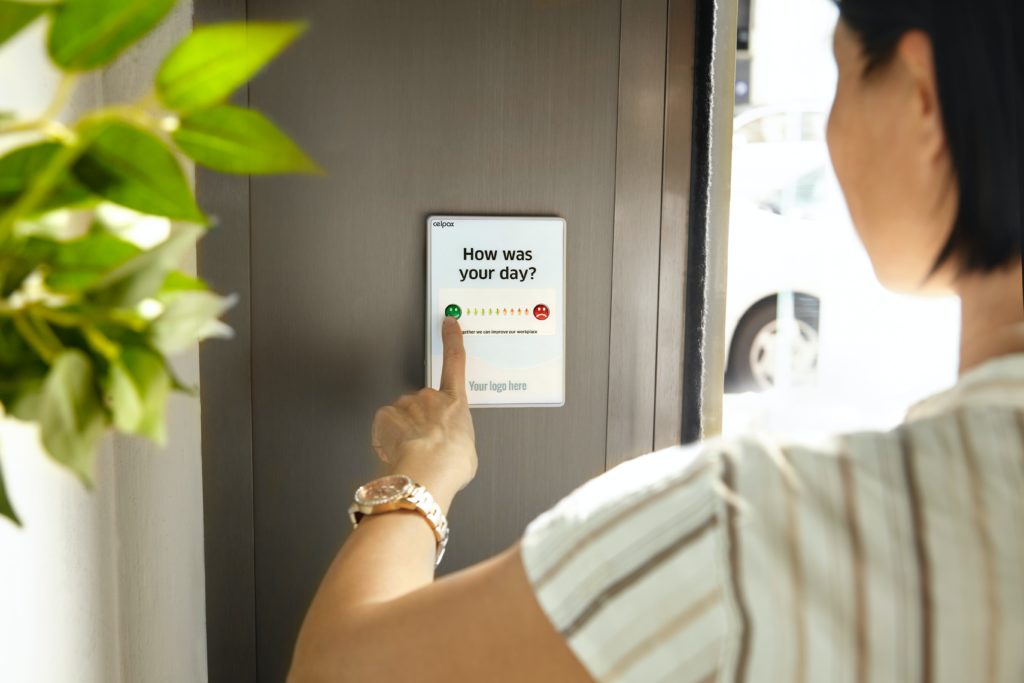
Giving regular feedback to your employees is important. Even if you don’t consciously think about it most of the year, if you have an annual performance review you give in-depth feedback at least once a year.
Your business may already have a method in place for conducting performance reviews or you may have an informal method. In either case, the feedback you give to your employees can have a big impact. We’ve been doing a lot of reading lately on emotional intelligence, psychology, and feedback. Here’s what we’ve learned:
Constructive feedback can create a positive learning environment.
Receiving feedback is a particularly important part of learning on the job. When we make this experience positive, the learning experience is enriched.
The limbic system in the brain interprets and directs emotion and behaviour. Priscilla Vail, an expert in learning methods, has described emotion as the “on-off switch to learning”. When the limbic system interprets sensory information and sends it to the prefrontal cortex (PFC) for processing, it sets the emotional tone of the information before it reaches the PFC.
If the limbic system interprets the information as positive, it dispatches a message of purpose and excitement and directs our behaviour toward a goal. When this happens, we become motivated to act and learning is enhanced. When the interpretation is negative, learning is stifled. The more positive the employee’s memories and reaction to the event (emotional state), the better the employee will learn.
Negative feedback stays with us longer.
Back when our hunter-gatherer ancestors had life or death experiences every day, they couldn’t ignore negative feedback. If they didn’t take negative feedback seriously, it was likely they’d get eaten by a tiger, stung by a poisonous plant or worse. Today, if we ignore negative feedback, in most situations it is not a matter of life or death; however, our brain still treats it the same way.
Therefore, people weigh negative feedback more than positive feedback and it stays with us longer. You probably still remember a hurtful comment from a co-worker last month, but you have forgotten a compliment you received yesterday.
Negative feedback is also perceived as more truthful or seen as ‘the real opinion’ of someone as compared to positive feedback. We take it more seriously and process it more thoroughly.
All this tells us that negative feedback can have a profound impact. Therefore, use it with care with your employees. If you can, prepare precise and tactful wording in advance and make sure to balance it with positive feedback.
It’s important to create an optimal balance between positive and negative feedback.
How many pieces of positive feedback do we need to balance the impact of negative feedback?
A 2004 study looked at the effectiveness of 60 strategic business unit leadership teams at a large information-processing company. The factor that made the greatest difference between the most and least successful teams in the study was the ratio of positive comments to negative comments that the participants made to one another in meetings. They found that the highest performing teams had ratios of 5.6 to 1. That is, nearly six positive comments for every negative one.
Dr John Gottman, a psychologist, coined the term the ‘Ideal Praise-to-Criticism Ratio’, based on his study of married couples. He found that the difference between happy and unhappy couples is the balance between positive and negative interactions during conflict. That “magic ratio” is 5 to 1. This means that for every negative interaction during conflict, a stable and happy marriage has five (or more) positive interactions.
Therefore, it’s not enough just to give one positive comment to make up for a negative one. Science shows we should have at least five positive comments to balance one negative comment.
The sandwich method is a good tool, but don’t overuse it.
The sandwich method is a way of delivering feedback – giving first positive feedback then negative feedback then concluding with positive feedback. Sandwiching the negative feedback in the middle.
This is a popular way of delivering feedback because it is easy to remember and humans have an affinity for threes. Omne trium perfectum – everything that comes in threes is perfect. Furthermore, research in human psychology has found that our working memory is best capable of remembering at most 3 or 4 chunks of information.
However, because this method is so common, some employees expect you to use it. They ignore all the genuine positive feedback at the beginning knowing that you are going to provide negative feedback next. This diminishes the overall value of the feedback. To counteract this effect, from time to time be sure to give positive feedback as standalone feedback. This way your employees won’t be waiting for the negative feedback.
No matter what method you use to deliver feedback to your employees, keep in mind that it should be balanced (remember the 5:1 ratio) and it is a great opportunity for your employee to learn if it’s done well.
Resources
- Giving Helpful Feedback – Coursera online course
- Emotional Intelligence: Why It Can Matter More Than IQ by Daniel Goleman

No comments yet.